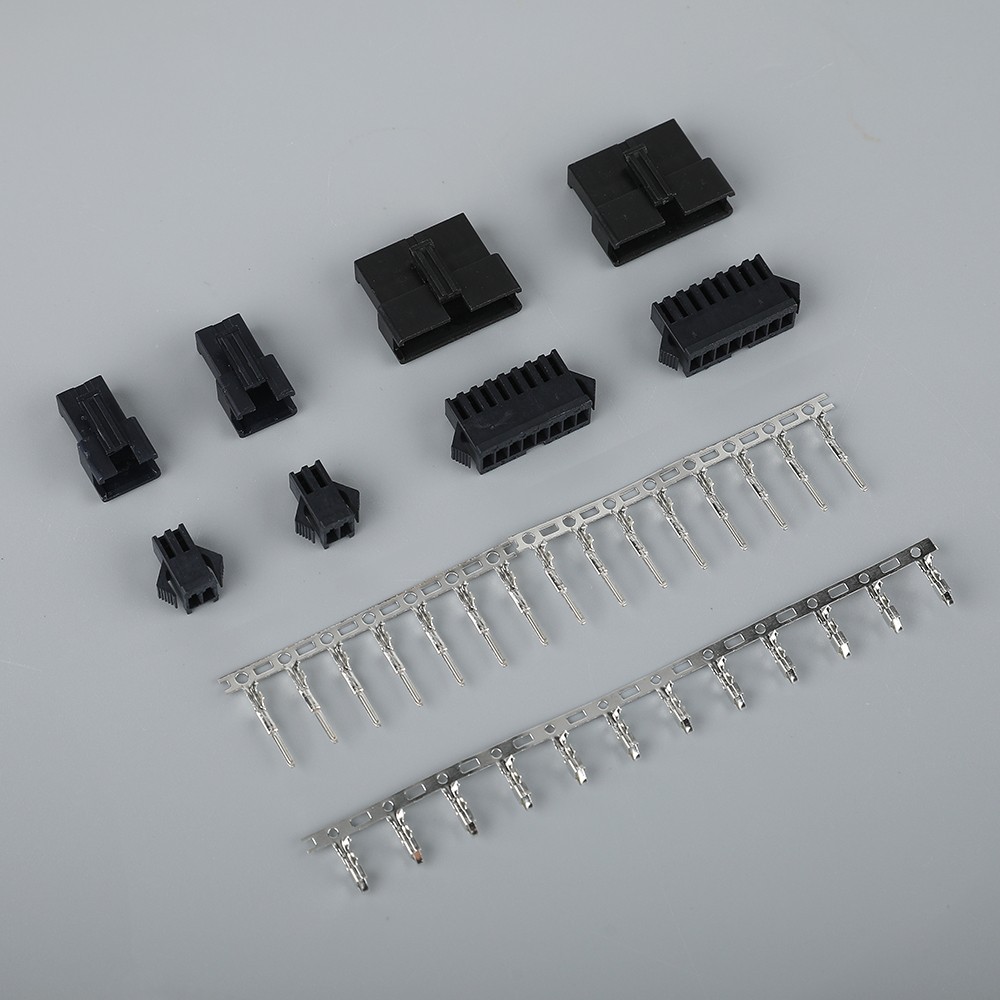By Julie Eleftheriou - Sponsored Content | January 8, 2024
Connectivity is an intrinsic part of today’s industrial automation and robotic applications. An ever-increasing number of devices and peripherals depend on stable connections to transmit power and signals to the printed circuit board (PCB). Managing these connections is labor-intensive, leading many OEMs away from traditional screw terminals. Push-in terminal block PCB connectors offer easier installation and tool-free assembly that can reduce the wiring workload by more than 50%. However, as automation systems become more complex and labor shortages persist, engineers are looking for new ways to enhance connector efficiency. This inspired Omron to take a fresh look at their PCB connectors for opportunities to optimize. The result is a new dual-spring structure that builds upon useful features and minimizes the potential for missteps. Component 2.0mm

Conventional push-in connectors have a single spring. Omron’s new PCB connector socket (XW4M) features a second spring that, when connected to the plug (XW4N), ensures contact reliability through the combined contact force of both springs. The dual-spring design reduces the required insertion/removal force via a release lever that opens the second spring when inserting and removing. By placing the blue release lever in the same direction as the connector handle, the user can easily insert or remove the connector with one hand. (See video and diagrams below.)
Eliminates torque errors. Improper torque is one of the NEC’s most cited code violations. While push-in connectors aren’t vulnerable to over-torquing like screw terminal connectors, inadequate torque creates different problems. Loose connections affect signal quality, impedance mismatch, signal attenuation, and EMI/RFI levels, as well as posing the risk of electrical fire. The XW4N terminal connector eliminates the risk of improper torque. Wires are securely connected by simply pushing them into the connector. No adjustments or special tools are necessary.
Prevents accidental wire removal. The individual release buttons in conventional PCB connectors are intended to simplify wire removal. Because the user must push and hold the button with a screwdriver, it’s easy to press other buttons accidentally. Omron replaced release buttons with holes designed to hold a slotted screwdriver in place, keeping the user’s hands free for cabling.
XW4M/XW4N push-in terminal block PCB connectors. (Courtesy of Omron)
Speeds up maintenance. Many standard connectors require removing the socket during maintenance checks. This takes additional time and increases wear on the terminals. The release holes allow technicians to conduct continuity checks without disconnecting the socket from the plug. This simple feature reduces time spent on maintenance and wear due to repeated disconnections.
Learn more about Omron’s PCB terminal block connectors at XW4M/XW4N Push-in Terminal Block PCB Connectors.
Browse the most current issue of Design World and back issues in an easy to use high quality format. Clip, share and download with the leading design engineering magazine today.
Top global problem solving EE forum covering Microcontrollers, DSP, Networking, Analog and Digital Design, RF, Power Electronics, PCB Routing and much more
The Engineering Exchange is a global educational networking community for engineers. Connect, share, and learn today »

Screw Terminal Pcb Copyright © 2024 WTWH Media LLC. All Rights Reserved. The material on this site may not be reproduced, distributed, transmitted, cached or otherwise used, except with the prior written permission of WTWH Media Privacy Policy | Advertising | About Us